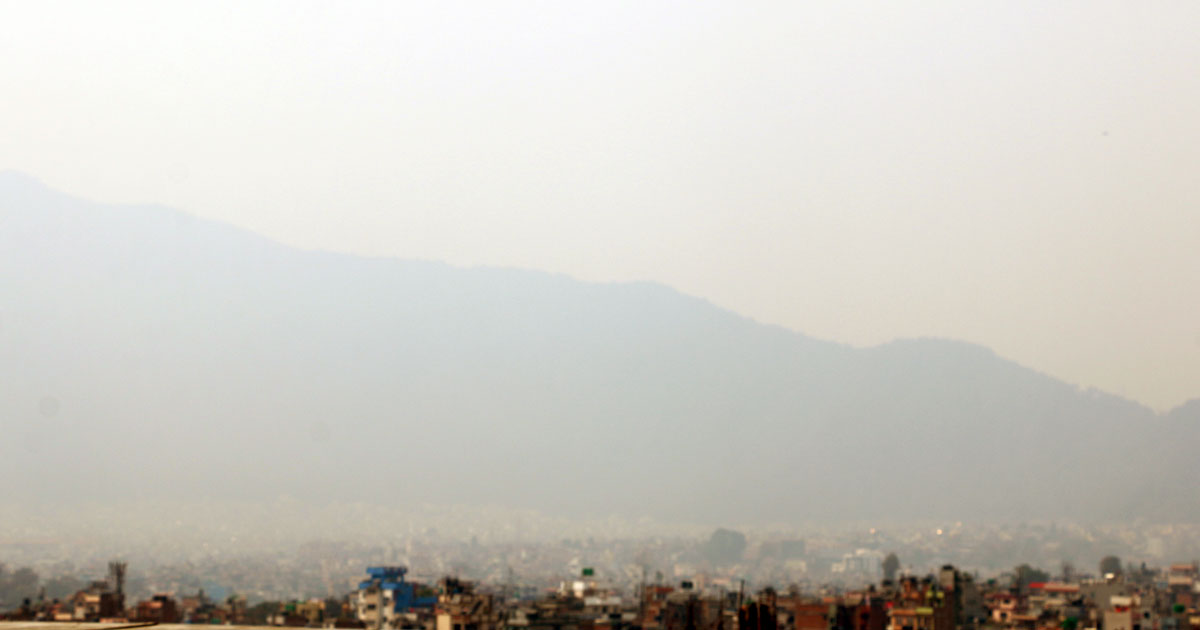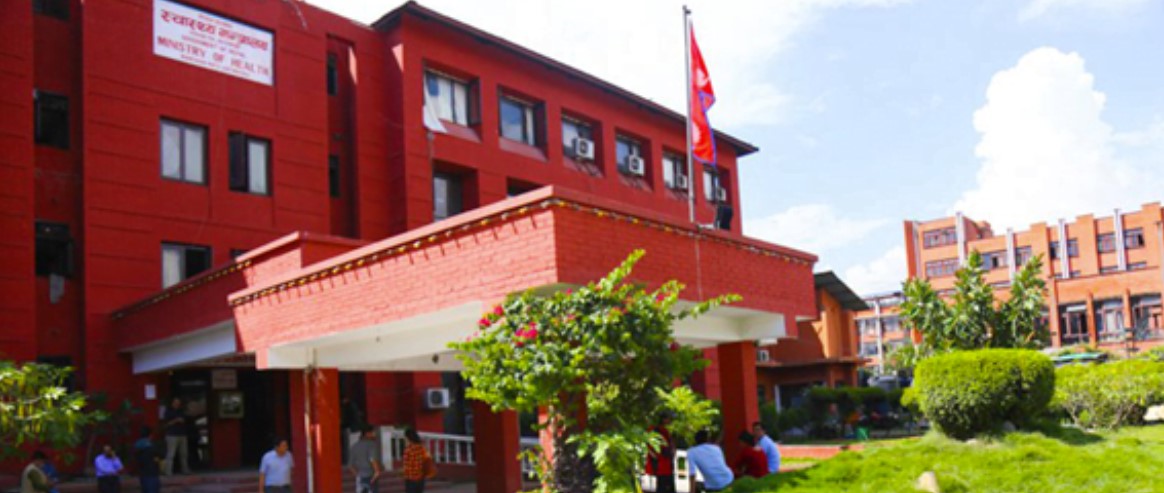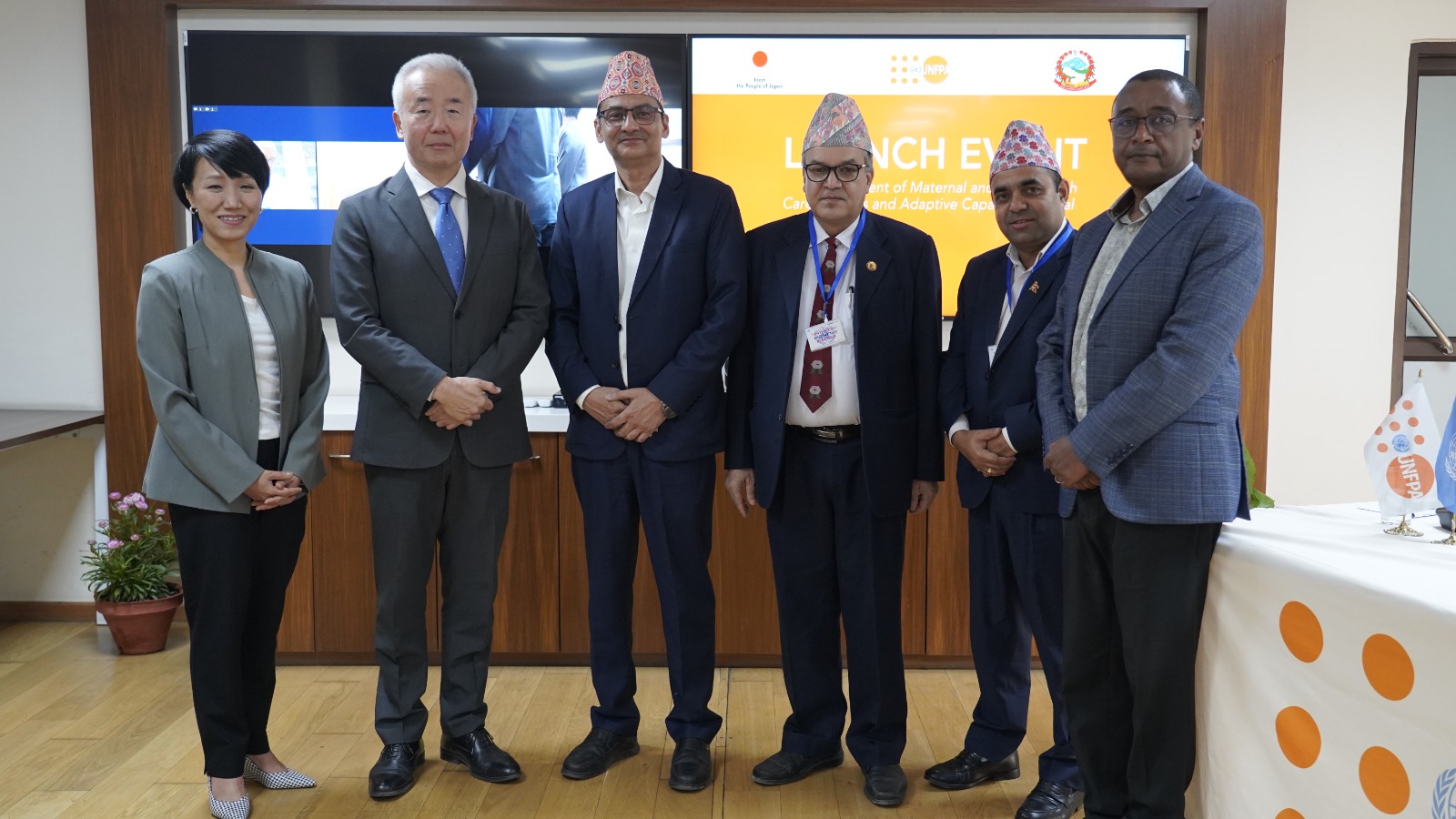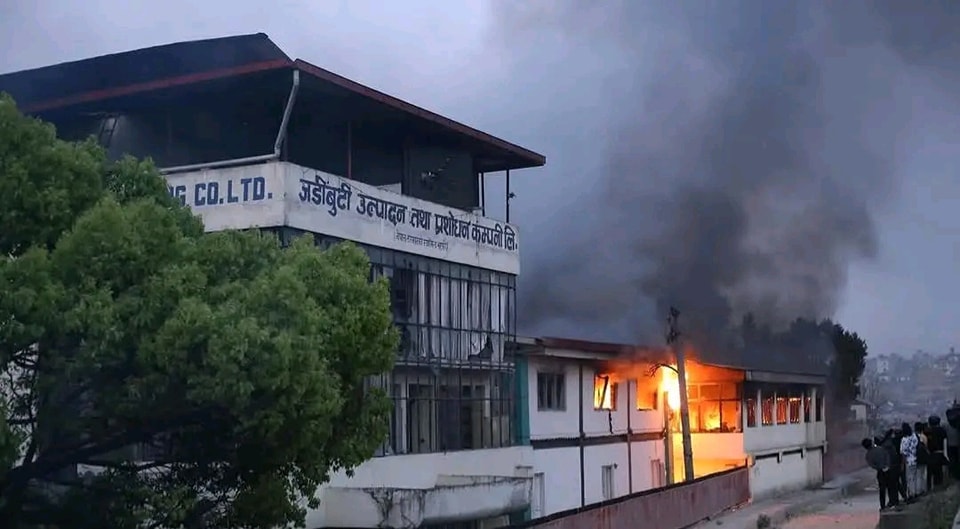
Air pollution is an environmental health hazard that is often invisible but poses a significant threat to our health. In recent years, air pollution in Nepal has become a serious public health risk, with pollution levels 4.9 times higher than recommended safety limits. The deteriorating air quality in Kathmandu is putting hundreds of thousands of Nepali people at risk of various health issues, both in the short and long term.
In the short term, poor air quality can cause pneumonia, bronchitis, conjunctivitis, skin allergies, strokes, and heart problems. In the long run, it can lead to ulcers, lung and intestinal cancers, kidney disease, and chronic heart issues. The World Health Organization (WHO) has consistently ranked air pollution as the leading risk factor for death and disability in Nepal.
The worsening air quality not only affects public health but also imposes an economic burden on the country due to the loss of productivity and overuse of health resources. Moreover, there is a lack of comprehensive health impact data to assess the full economic and health consequences of air pollution, as well as the measures required to mitigate this environmental challenge.
The dry season exacerbates the problem, leading to more frequent forest fires, which peak between April and May. These fires, combined with persistent smog and haze, also reduce visibility, impacting tourism and the economy.
Globally, air pollution is responsible for more than 6.5 million deaths annually, and the situation is worsening. Air pollution is a mix of hazardous substances from both human-made and natural sources.
Human-Made Sources:
Traffic-related air pollution, vehicle emissions, fuel oils, and natural gas used for heating
Emissions from manufacturing and power generation, especially coal-powered plants
Fumes from chemical production
Natural Sources:
Wildfire smoke (often exacerbated by human activities)
Gases from volcanic eruptions
Methane emissions from decomposing organic matter in soils
Health Impacts of Air Pollution
Air pollution leads to several severe health consequences:
Respiratory Problems: Asthma, bronchitis, chronic obstructive pulmonary disease (COPD)
Cardiovascular Diseases: Increased risk of heart attacks, strokes, and high blood pressure
Cancer: Long-term exposure can lead to lung and intestinal cancers
Increased Mortality: Air pollution is a leading cause of death and disability in Nepal
Vulnerable Groups: Children, the elderly, and individuals with pre-existing respiratory or cardiovascular conditions are particularly susceptible
Other Health Issues: Eye irritation, skin allergies, and mental health issues
Occupational Hazards: Workers in traffic, construction, and brick kilns are at higher risk
Reduced Life Expectancy: Air pollution in Kathmandu Valley shortens Nepali lives by approximately five years, according to the Air Quality Life Index (AQLI)
Environmental Effects of Air Pollution
Acid Rain: Damages ecosystems, crops, and infrastructure
Climate Change: Contributes to rising temperatures, extreme weather events, and sea-level rise
Ozone Depletion: Certain pollutants, like chlorofluorocarbons (CFCs), can deplete the ozone layer
Ecosystem Damage: Air pollution harms plants, animals, and aquatic life
Reduced Visibility: Impacts tourism and other activities
Prevention Measures
To reduce air pollution and its effects, we must take immediate action. Here are some practical solutions:
Limit Exposure: Wear masks outdoors, especially on high pollution days, and limit outdoor activities.
Promote Sustainable Transportation: Encourage public transportation, cycling, walking, and carpooling to reduce vehicle emissions.
Invest in Clean Technologies: Support electric vehicles, renewable energy sources (solar, wind), and green infrastructure like tree planting.
Enhance Waste Management: Properly dispose of waste and increase recycling to reduce pollution.
Support Green Urban Planning: Develop pedestrian and bicycle-friendly zones, and create green spaces in cities.
Improve Industrial Emission Controls: Implement stricter emissions regulations for industries.
Maintain Vehicles: Ensure regular vehicle maintenance and emissions testing.
Adopt Sustainable Practices: Support local, organic food systems, and compost organic waste instead of sending it to landfills.
Dr. Yoveen Yadav is an MBBS graduate and holds a Master of Public Health (MPH) in Health Service Management. He serves as the Advisor for Water and Air Pollution, Environment, and Drinking Water at the Ministry of Health and Population, Nepal.
Dr. Yoveen Yadav
Published: April 3, 2025









